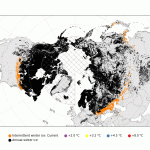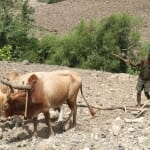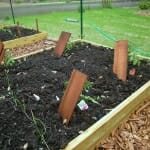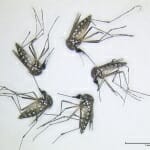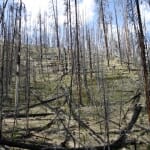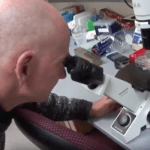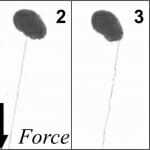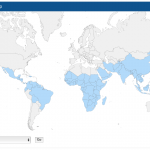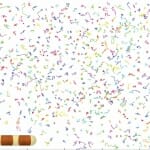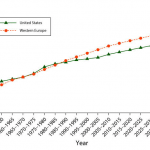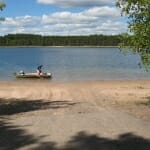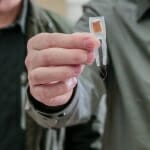Tag Research
Enter your best science images in the 2019 Cool Science Image Contest
Sponsored by Promega Corp. with additional support from the UW–Madison Arts Institute and DoIT Digital Publishing and Printing Services, the contest offers an opportunity to show off compelling visuals made by students, staff or faculty. Read More
As the climate warms, tens of thousands of lakes may spend winters ice free
A new study from an international team of researchers, including at UW–Madison, shows that many northern latitude lakes are at risk of experiencing some ice-free winters in the coming decades. Read More
As climate heats up, rising rainfall averages hide crop-killing droughts
Research performed in the Ethiopian highlands shows that even in years with above average rainfall, crops can be severely reduced by drought early in the growing season, when seeds must sprout and get established. Read More
New method assesses lead hazard in soil
UW-Madison researchers describe a way to use a common, low-cost soil test to determine how much of the lead is bioaccessible, and therefore dangerous. Read More
A new kind of mosquito repellent that comes from bacteria
University of Wisconsin–Madison researchers describe the first mosquito-repelling compounds to be derived from bacteria, and they appear to work at lower doses than repellents currently on the market. Read More
Stem cells: How we got here, where we’re going
This is the first in a series of four videos about stem cell research at UW–Madison: how it started, what it's achieved, and where it's headed. Catch up on what's happened since James Thomson's prescient prediction that stem cells "will change medicine, period." Read More
Unraveling threads of bizarre hagfish’s explosive slime
Jean-Luc Thiffeault, a University of Wisconsin–Madison math professor, and collaborators Randy Ewoldt and Gaurav Chaudhary of the University of Illinois have modeled the hagfish’s gag-inducing defense mechanism mathematically. Read More
Study: “Post-normal” science requires unorthodox communication strategies
Proposals to fight malaria by “driving” genes that slow its spread through mosquitoes is a high-risk, high-reward technology that presents a challenge to science journalists, according to a new report. Read More
Gene-editing tool now being used to develop better antibiotics
Jason Peters and colleagues have repurposed the gene-editing tool CRISPR to study which genes are targeted by particular antibiotics, providing clues on how to improve existing antibiotics or develop new ones. Read More
Flashing lights protect livestock in Chile — by deterring pumas
New UW–Madison research shows how bright, flashing lights can prevent puma attacks on livestock in Chile, without harming the predators. Read More
UW-Madison life-expectancy paper nabs top honor from APHA
Work published by three University of Wisconsin researchers regarding decreasing the gap in life expectancy of the United States population compared to European peers, earned top honors from the American Public Health Association. Read More
Mercury levels in fish fluctuate along with water levels in lakes
A new study has found that when droughts cause water levels to drop, the levels of mercury found in fish also plummet. In wetter weather, water levels rise and levels of mercury in fish increase. Read More
NOAA plan to improve weather forecasting includes UW–Madison
NOAA cooperative institutes, like the University of Wisconsin–Madison Cooperative Institute for Meteorological Satellite Studies (CIMSS), play a key role in mitigating weather-related losses by increasing innovation and research opportunities. Read More
Are Fitbits the answer to nurse fatigue?
A UW–Madison School of Nursing professor is using activity trackers on nurses to uncover important data about what causes fatigue in the work environment and what health systems can do to minimize its impact. Read More
Black youths less protected from antisocial behaviors than white peers
New research assesses the developmental trajectories of antisocial behaviors in both black and white youths. Read More


